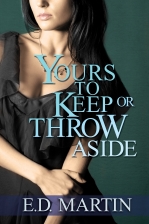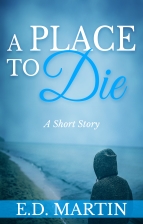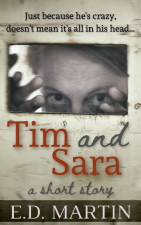I’m continuing with my notes from the writing workshop I attended over the weekend.
Part 1: The Fifth Dimension – Marketing
Part 2 (today): Dipping Your Toe Into the ‘E’ Pool; E-Books 101
Part 3: Get Into The House (Finding an agent)
Part 4: DIY Publishing – Is It For You?
Part 5: My own insights into marketing: social networking and blogging
Dipping Your Toe Into the ‘E’ Pool; E-Books 101
This session’s presenter was retired reporter Joanne Wiklund, author of An Angel For Duane & Gladys.
She self-published her NaNoWriMo novel through Book Baby. My e-book publishing experience is through Amazon’s Kindle Direct Publishing program, so it was nice to have a different perspective.
Book Baby is similar to Smashwords and Lulu, I think, and Amazon as well. Basically, you upload your polished, formatted manuscript and it becomes an ebook that people can download.
Book Baby charges you $99 up front, then $19 per year; you get all the royalties. On the other hand, it’s free to upload to Amazon, but they take a percentage of every book you sell (you get $.35/sale if the price is less than $2.99; 70% if it’s above). Obviously if you’re going to sell a ton of copies Book Baby is the way to go, but I think I’ve read that most self-published authors sell on average 5 copies, so it’d be hard to recoup those fees through Book Baby.
Another difference is where your book goes. Joanne told us that Book Baby hits all the channels – Barnes and Noble, Apple, Kobo, as well as Amazon’s many global locations – whereas Amazon, obviously, just distributes through its own sites.
Either way, however, there are certain things that fall to the author:
- Editing – If you want to publish a crappy book full of misspellings and plot holes, go right ahead. There’s no gatekeeper to guarantee content. That’s why I strongly suggest finding an editor or a crit group (I use Scribophile).
- Cover – If you look at a lot of the self-published books out there, you can tell who published them right away. The covers are amateurish – bad fonts, bad layouts, pixelated graphics, etc. People do judge books by their covers, so make sure you spend time on yours.
- Formatting – Again, there’s no one to oversee this but you. Make sure you follow the guidelines exactly, or your book will look horrible on an e-reader. There are tons of forums and guides on the web for advice, or you can use a program like Bookspry (I’ve played around with this and if I self-publish a novel, I’ll definitely use that).
- Royalties – There’s no chance of an advance, and in fact, you’ll probably end up paying out of pocket for editing, cover design, marketing materials, etc. On the plus side, you don’t have to share your money with an agent or publishing house.
- Promotion and marketing – This applies to all self-published books, whether electronic or print. People won’t magically know to read your book; you have to get the word out, yourself. This includes attending events, building a platform, and other bragging events that introverted writers hate.
If you’ve published your own e-book, what service did you use? Were you satisfied? Tell us about your experiences.





